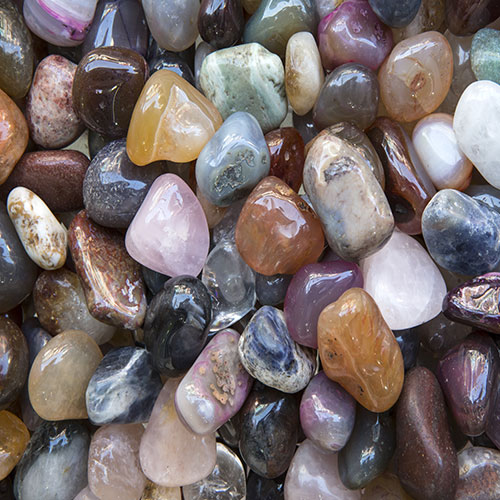What is a Rainbow?

How a Rainbow Forms: The Science Behind the Colours
A rainbow appears when it's raining or soon after it's stopped if the sun appears. We see a rainbow because sunlight reflects and refracts off millions of water droplets in the air. The light is then reflected back to our eyes.
They say there's a pot of gold at the end of the rainbow, but does the end of a rainbow even exist?
A rainbow can be seen when there's water droplets in the air and the sun is shining from a low angle from behind where we're standing.
As light passes from one medium into a denser substance, it bends. The bending of light is known as refraction.
When light bends, another optical phenomenon known as 'dispersion' occurs. Dispersion is the splitting of light into its component colours.
Daylight, which is 'white light', is made up of red, orange, yellow, green, blue, indigo and violet. When these seven colours combine, the human eye only sees white.
Dispersion takes place when white light passes through a prism. Each raindrop acts as a tiny prism, which is why we see a rainbow.
Light refracts, or bends when it enters a different medium at an angle. This bending happens because the speed of light changes as it moves from one medium to another.
The amount by which light bends depends on how much its speed changes. The more light speeds up or slows down, the more it bends.
A rainbow appears because the different colours in white light refract at slightly different angles when they enter a raindrop. The light bends once as it enters the raindrop, separates into different colours inside, and then bends again as it exits, which creates the rainbow.
A double rainbow appears when light reflects twice within the raindrop. We see a rainbow because of where we’re standing. We can see it because we're looking through the raindrops with the light from the sun coming from behind us.
We see a rainbow because of where we’re standing. We can see it because we're looking through the raindrops with the light from the sun coming from behind us.
It’s not possible to find the end of a rainbow because its shape depends on where we’re standing and the direction of the sun. However, if we view it from a different angle, the rainbow moves.
A rainbow is produced by the refraction and reflection of light inside raindrops, which are round. The shape of the rainbow is circular because of how light bends and reflects once inside.
Because of our position on the ground, we usually see an arc. If we were in the air looking down, the rainbow may appear to be a full circle.
The fine mist from a garden hose will produce a circular 'rainbow' when the sun is shining on the water droplets from behind where you're standing.
When light travels from air into water, it slows down. The different colours that make up white light slow down by different amounts, causing them to spread out and take slightly different paths.
As these colours exit the water droplets, they continue along these separate paths, which allows us to see each colour individually.
Using a prism is an easy way to see the seven colours that make up white light. A prism is a transparent object with two identical ends and flat sides, like a triangle or a quartz crystal.
If light travels through an object head-on, the change in speed and direction will be minimal. Therefore, if you hold a quartz crystal up towards natural daylight and look straight through it, you're unlikely to see any colours.
When looking through a crystal at an angle, light bends more significantly because of how it enters and exits. This increased bending can cause dispersion (the splitting of white light into a spectrum of colours due to the different ways each colour bends), where different colours of light bend by different amounts. This is why a spectrum of colours becomes visible.
The strength and separation of the colours depend on the dispersion of the light in the crystal. Higher dispersion results in more pronounced colour separation, creating more vivid colours.
Rainbows in Quartz Crystals
The rainbows you see in some clear quartz are mainly due to dispersion. Dispersion occurs as light passes through the crystal, splitting into its component colours.
The effect can be more pronounced in crystals with internal fractures or inclusions. These imperfections can scatter and reflect light in different ways, enhancing the appearance of colourful iridescence.
Internal imperfections like fractures or inclusions act like tiny prisms within the crystal, scattering and reflecting light in ways that make the colours more vivid and pronounced.
Inclusions in crystals are complex structures that often (but not always) consist of multiple fine layers. Iridescence can occur when light reflects off surfaces with these layered structures.
Iridescence happens when light interacts with surfaces that have layered or varying structures, which causes different colours to appear because of the way light is scattered and reflected.
Article Photos
The photos of the rainbows in this article are courtesy of Stan Celestian.
The quartz crystal is from our collection. The iridescence in the granite worktop was taken in my kitchen.
All images are clickable and redirect to the original photo.









